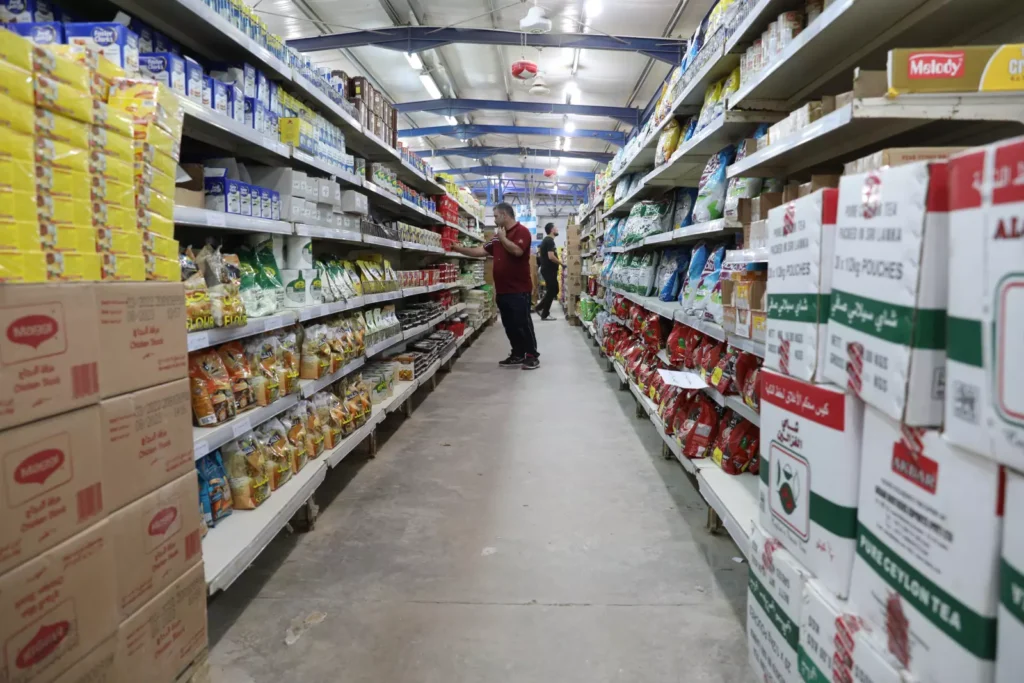For Syrians in Jordan’s Za’atari camp, aid money doesn’t buy what it used to
With food costs rising due to inflation, there are growing concerns over hunger and even child labour.

22 November 2022
ZA’ATARI CAMP, Jordan — The main supermarket in the world’s largest camp for Syrian refugees is bustling. Za’atari’s 80,000 residents have just received their monthly food aid allowance, and many of them peruse the aisles, comparing the prices of eggs, yoghurt, oil, and meat.
This trip to the Tazweed supermarket — one of two where they can use the 23 Jordanian dinars (around $32) they receive from the World Food Programme (WFP) each month — has become routine, with the camp marking its tenth year of operation this July.
Since it opened shortly after the start of the Syrian war, Za’atari, in north Jordan, has grown from a cluster of irregularly pitched tents for those fleeing violence to what now resembles a small city.
But one key aspect of life has shifted quickly and painfully: Aid money buys significantly less food than it did a year – or even a few months – ago, leading to concerns about rising food security and even child labour.
Jordan, like many countries, has seen considerably higher rates of inflation this year than usual, off the back of Russia’s invasion of Ukraine. The small country imports 90% of its staple foods, leaving prices susceptible to the global supply chain shocks and price fluctuations the war has triggered.